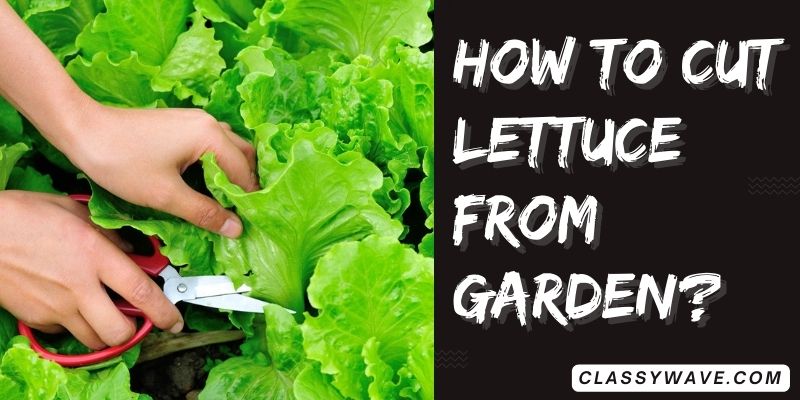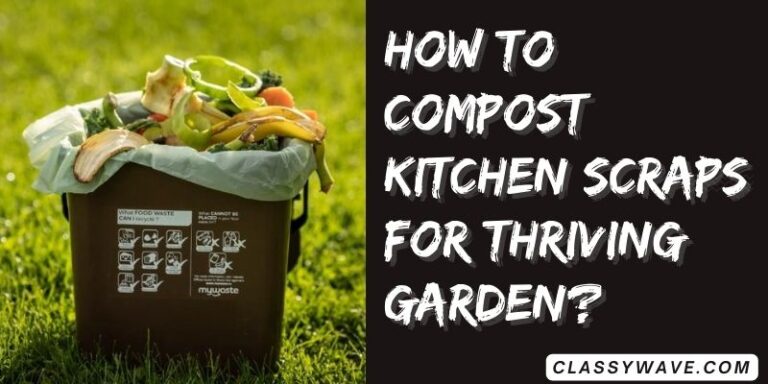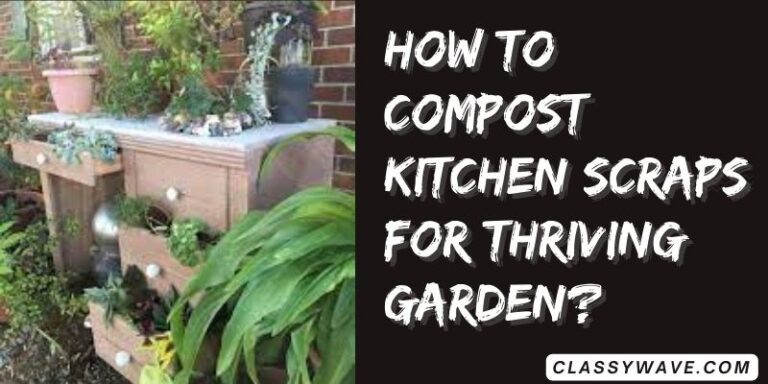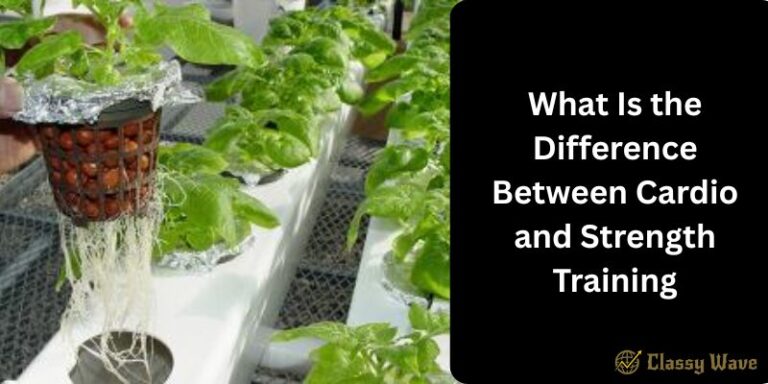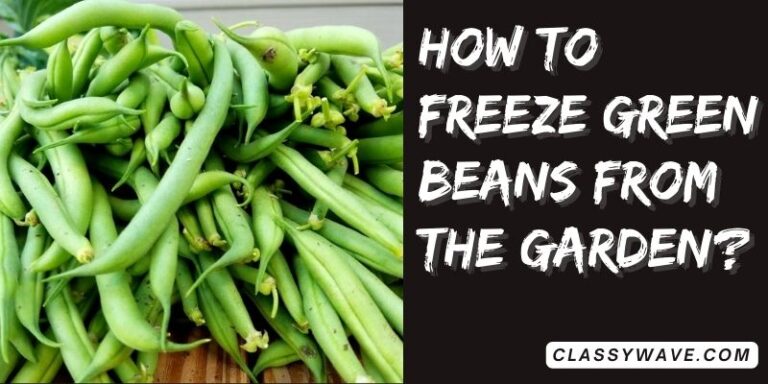how to cut lettuce from a garden? Complete Guide
Determining the optimal time to harvest lettuce is essential for flavor and nutritional quality. This section guides gardeners on recognizing visual cues, such as mature leaf size and color, and understanding the impact of weather conditions. By choosing the right harvesting window, gardeners ensure the lettuce is at its peak freshness, enhancing the overall dining experience and maximizing the nutritional benefits derived from homegrown produce.
Proper Tools and Techniques for Cutting Fresh Lettuce
The proper tools and techniques for cutting lettuce contribute to a satisfying harvest. This heading provides insights into selecting the right harvesting tools, emphasizing the importance of sharp, clean blades. Techniques for precise cutting without damaging the plant are explored, promoting efficient harvesting and reducing stress on lettuce plants. Clear guidance on tool maintenance ensures that gardeners can consistently enjoy crisp, cleanly cut lettuce from their gardens.
Harvesting Leaf Lettuce
For gardening novices, harvesting leaf lettuce can be a straightforward yet crucial skill to master. This section offers a step-by-step guide, simplifying the process into easy-to-follow instructions. From identifying mature leaves to executing precise cuts, beginners gain confidence in harvesting leaf lettuce successfully. Clear explanations and visual aids enhance the learning experience, empowering newcomers to enjoy the fruits of their gardening efforts with a sense of accomplishment.
Caring for Your Lettuce Plants After Harvest
Post-harvest care is pivotal in ensuring the continued health and productivity of lettuce plants. This heading explores best practices for caring for plants after harvesting, focusing on nutrient replenishment, pest management, and fostering regrowth. By implementing proper care strategies, gardeners promote a sustainable and enduring lettuce crop, extending the growing season and enhancing the overall productivity of their garden beds.
Avoiding Common Mistakes When Cutting Lettuce in Your Garden
To achieve optimal lettuce harvests, gardeners must be aware of common mistakes to avoid. This section highlights pitfalls such as using dull blades, harvesting at the wrong time, or damaging neighboring plants. By understanding and sidestepping these errors, gardeners enhance the quality and quantity of their lettuce yields, fostering a more successful and rewarding gardening experience. Awareness of these common mistakes contributes to the development of skilled and knowledgeable lettuce cultivators.
Different Types of Lettuce and Their Unique Harvesting Needs
Lettuce varieties vary in size, shape, and growth patterns, requiring distinct harvesting approaches. This section provides an overview of different lettuce types, from loose-leaf to head lettuce, outlining the unique characteristics of each. By understanding the specific needs of various lettuce varieties, gardeners can tailor their harvesting techniques to maximize yield and flavor, catering to the diverse preferences of homegrown lettuce enthusiasts.
Maximizing Yield
Continuous harvesting is a key strategy for maximizing lettuce yield throughout the growing season. This heading offers practical tips for staggered planting, proper spacing, and ongoing care to ensure a steady supply of fresh lettuce. By adopting these techniques, gardeners can extend the harvest window, providing a continuous source of homegrown greens for salads and culinary delights, enhancing the overall sustainability and efficiency of their garden plots.
Storing Freshly Cut Lettuce
Proper storage is critical to preserving the flavor and crispness of freshly cut lettuce. This section explores optimal storage conditions, including temperature, humidity levels, and packaging methods. By following these guidelines, gardeners can extend the shelf life of their harvested lettuce, maintaining its quality and nutritional value. Practical insights into refrigeration and container choices contribute to seamless integration of homegrown lettuce into daily culinary endeavors.
Harvesting Head Lettuce
Harvesting head lettuce requires specific techniques to achieve clean and neat cuts. This section provides detailed strategies for approaching head lettuce, emphasizing precision and care to avoid damage. From loosening the soil around the base to the actual cutting process, gardeners gain insights into maintaining the integrity of the lettuce head. These strategies enhance the presentation and quality of harvested head lettuce, ensuring an aesthetically pleasing and delicious outcome.
Ensuring a Bountiful Lettuce Harvest
A thriving lettuce harvest begins with proper soil, water, and sunlight management. This heading delves into the foundational aspects of cultivating healthy lettuce plants, offering tips on soil composition, watering schedules, and sunlight exposure. By optimizing these fundamental factors, gardeners establish an environment conducive to robust lettuce growth, setting the stage for a bountiful harvest and ensuring the success of their garden lettuce endeavors.
Dealing with Pests
Guarding your lettuce crop against pests is essential for a successful harvest. This section provides insights into identifying and managing common insects that pose a threat to lettuce plants. From aphids to caterpillars, learn effective strategies for prevention and intervention, ensuring that your garden lettuce remains healthy and pest-free throughout its growth cycle.
Understanding Lettuce Diseases
Lettuce diseases can compromise your harvest, making understanding prevention and management crucial. This heading explores common diseases affecting lettuce, offering insights into identifying symptoms and implementing proactive measures. By adopting effective disease prevention strategies, gardeners can safeguard their lettuce crops, fostering a thriving and disease-resistant garden.
Companion Planting for Lettuce
Companion planting can enhance the growth and flavor of your lettuce crop. This section explores beneficial plant pairings that can deter pests, improve soil quality, and promote overall plant health. By strategically selecting companion plants, gardeners can create a symbiotic environment that maximizes the potential of their lettuce harvest while minimizing the need for pesticides or chemical interventions.
Overcoming Environmental Challenges
Weather conditions profoundly impact lettuce cultivation, presenting both challenges and opportunities. This heading addresses how to navigate environmental factors, from extreme temperatures to unexpected weather events. Learn strategies to protect your lettuce from adverse conditions and optimize its growth in response to varying climates, ensuring a resilient and adaptable garden lettuce crop.
Lettuce Varieties for Every Garden
The diverse world of lettuce offers a multitude of cultivars suited to different tastes and growing conditions. This section provides an overview of popular lettuce varieties, detailing their unique flavors, textures, and growth habits. By understanding the characteristics of each cultivar, gardeners can make informed choices that align with their preferences and the specific conditions of their garden, leading to a more personalized and successful lettuce harvest.
Conclusion
In conclusion, armed with these detailed H2 headings, you’re equipped to transform your lettuce cultivation experience. From precise harvesting techniques and pest management to understanding lettuce varieties and overcoming environmental challenges, this comprehensive guide empowers you to cultivate a vibrant, pest-resistant, and flavorful lettuce garden. Whether you’re a novice or a seasoned gardener, these insights ensure a bountiful and rewarding lettuce harvest, elevating your gardening endeavors and culinary creations.
FAQs
. Question: When is the best time to harvest lettuce?
Answer: Harvest in the morning for optimal freshness, avoiding the heat of midday.
2. Question: Can I harvest lettuce after it bolts?
Answer: Bolting lettuce may taste bitter. Harvest before bolting for the best flavor and texture.
3. Question: How often should I water lettuce plants?
Answer: Keep soil consistently moist. Water lettuce regularly, providing about 1-1.5 inches per week.
4. Question: What pests attack lettuce, and how can I control them?
Answer: Common pests include aphids and slugs. Use organic solutions like neem oil and companion planting for control.
5. Question: Can I grow lettuce indoors, and how do I do it?
Answer: Yes, grow lettuce indoors in containers. Provide adequate light, water, and proper soil for successful indoor cultivation.

